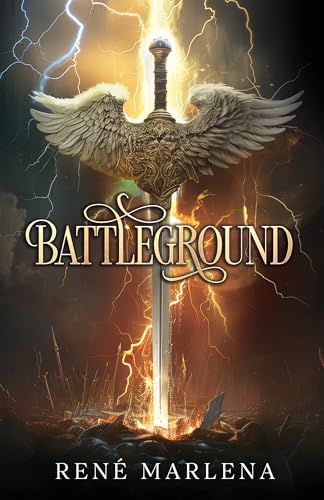"Rappaccini's Daughter" is a short story by Nathaniel Hawthorne first published in the December 1844 issue of The United States Magazine and Democratic Review, and later in the 1846 collection Mosses from an Old Manse. It is about Giacomo Rappaccini, a medical researcher in mediaeval Padua who maintains a garden of toxic plants. He raises his daughter to take care of the plants, and in the process she develops a resistance to the poisons while also turning poisonous to other people. The traditional story of a poisonous maiden has been traced back to India, and Hawthorne's version has been adopted in contemporary works.


